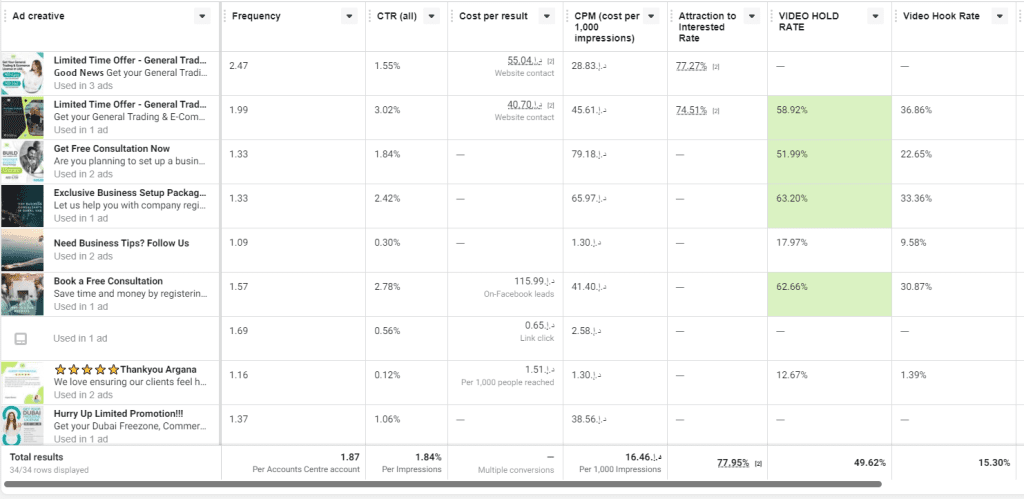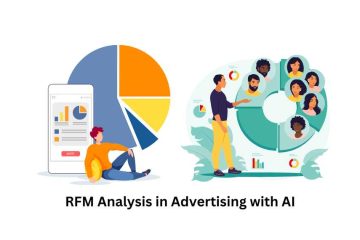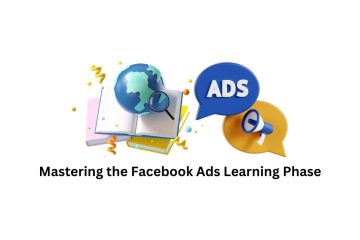Introduction
In the world of digital advertising, maintaining the effectiveness of your campaigns is a constant challenge. This challenge is compounded by a phenomenon known as ad fatigue. This term refers to the decline in engagement and conversion rates due to the repetitive display of the same ads to your audience. This blog post will delve into how to measure ad fatigue in Facebook ads and provide strategies for overcoming it.
Understanding Ad Fatigue in Facebook Ads
Ad fatigue can be a significant hurdle in Facebook advertising. It occurs when your target audience is repeatedly exposed to the same ad creative. The result? The audience becomes disinterested, less likely to interact, and may even become irritated, causing them to ignore your ads or worse, hide them. This reduces the effectiveness of your campaign, leading to a lower click-through rate (CTR), higher cost-per-action (CPA), and ultimately, a decrease in your return on ad spend (ROAS).
Causes of Ad Fatigue
Ad fatigue can result from a variety of factors including: showing the same ad to the same audience for an extended period, targeting a small or narrow audience which quickly becomes saturated, utilizing low-quality or irrelevant ad creative, or having a high ad frequency.
Identifying Ad Fatigue: Key Metrics

The first step in combating ad fatigue in Facebook ads is to identify its presence. This is done by monitoring key metrics within your Facebook ad campaign.
- Ad Frequency: This metric displays the average number of times your target audience sees your ad. A high ad frequency is often the first sign of ad fatigue.
- Click-Through Rate (CTR): If your CTR begins to decline, it could be an indication of ad fatigue. As your audience tires of your ad, they become less likely to click on it, leading to a decline in this metric.
- Cost-Per-Action (CPA): An increase in CPA suggests that it’s costing more to prompt users to take the desired action, such as making a purchase or filling out a form. This could also signal ad fatigue.
- Cost: If your cost per result (impressions, clicks, or conversions) begins to rise over time, your ads could be losing their effectiveness due to ad fatigue.
- Relevance Score: Facebook assigns a relevance score from 1 to 10 based on how well your ad aligns with your audience’s interests and needs. A falling score may suggest that your ad is becoming less engaging, possibly due to ad fatigue.
- Cost per 1,000 Impressions (CPM): A rise in CPM means you’re paying more for each impression, which can negatively impact your ROAS and profitability, and could indicate ad fatigue.
Addressing Ad Fatigue
Once you’ve identified ad fatigue, it’s essential to take steps to refresh your campaign and re-engage your audience.
- Rotate Your Ads: Frequently change your ads to prevent your audience from seeing the same content repeatedly.
- Experiment with Your Ad Creative: Different images, videos, or text could engage your audience in a new way.
- Target Your Ads Appropriately: Make sure your ads reach people who are likely to be interested in your offering. Expanding your audience or using lookalike audiences can help with this.
- Utilize a Variety of Ad Formats: Different formats such as carousel ads, video ads, or collection ads can keep your content fresh and engaging.
- Optimize Your Campaigns: Use Facebook’s reporting tools and insights to monitor your campaign performance. Make use of Facebook’s automated rules and dynamic creative features to manage and personalize your ads better.
Conclusion
Ad fatigue in Facebook ads is a common challenge, but it is not insurmountable. By vigilantly monitoring your campaign metrics, identifying signs of ad fatigue, and implementing strategies to combat it, you can maintain your ad’s effectiveness, ensure high levels of audience engagement, and maximize your return on ad spend. With careful planning and strategic execution, you can turn the challenge of ad fatigue into an opportunity for growth.

Hello, I’m Ali Raza, the brain behind Digital Realm Trends.
Hailing from the vibrant world of digital marketing, I’ve honed my skills over years. Based on my experience, I’m here to unravel the complexities of digital marketing, analytics and paid marketing, crafted for individuals like you. Join me in uncovering the power of digital marketing tools and strategies, fueled by experimentation and insights.




